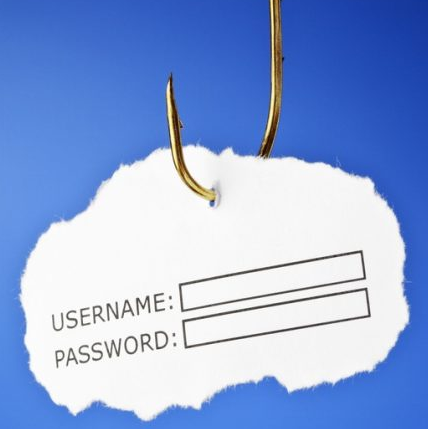Is a new car in your future? You might first have some unfinished business with your old one. While you’re cleaning out your personal items, think about the personal information stored in the car’s electronic system.
Your car is a computer that stores a lot of information about you — just like your smartphone or home computer. When you sell or donate your car, that personal data might be accessible to the next owner if you don’t take steps to remove it.
Some cars have a factory reset option that will return the settings and data to their original state. But even after a factory reset, you may still have work to do. For example, your old car may still be connected to subscription services like satellite radio, mobile wi-fi hotspots, and data services. You need to cancel these services or have them transferred to your new vehicle.
Here are types of data you want to remove from the electronic system before selling or donating your car:
- Phone contacts and an address book may have been downloaded when you synced your phone with your vehicle.
- Mobile apps’ log-in information, or data that’s gathered and stored on mobile apps, may be stored in the car.
- Digital content like music may be stored on a built-in hard drive.
- Location data like addresses or the routes you take to home, work, and favorite places may be stored in your navigation system.
- Garage door codes for your home or office may be on your system.
Besides the information stored on your vehicle, check to make sure you’ve cleared connections between your devices and the car as well. For example, car manufacturers may provide an app that lets you control the car’s functions or find the car — you should disconnect the app from the car when you sell it or trade it in.
For more information about resetting and removing your information, check your owner’s manual, contact your dealer, and visit your vehicle manufacturer’s website.






